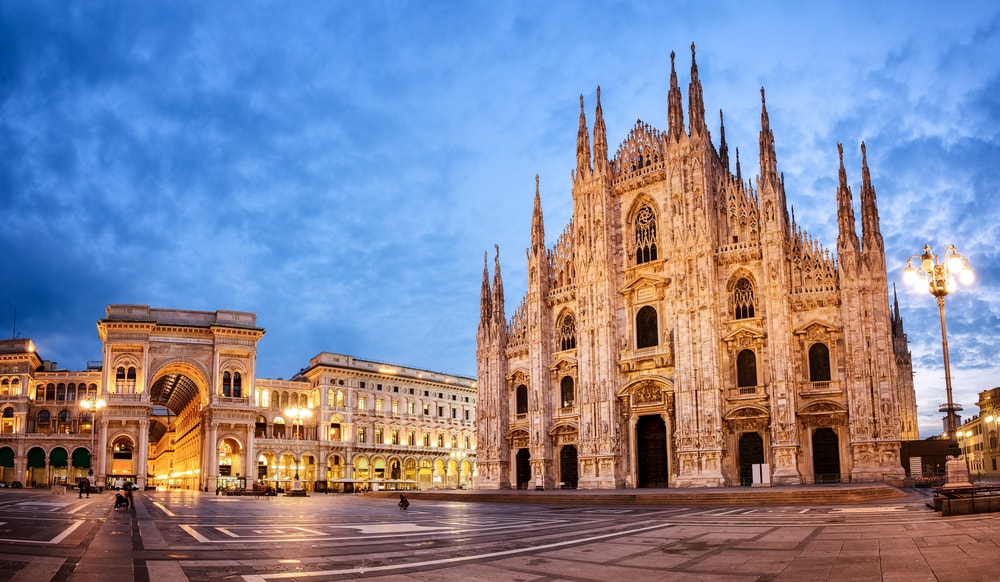Ace Spanish architect Antoni Gaudi was born in 1852 and died in 1926, during his lifespan he had designed and constructed the most creative architectures that today he is known by them. He was greatly influenced by nature and you can be seen in his work.
Famous Creative Works of Antoni Gaudi in Barcelona are listed below:
Sagrada Familia

Barcelona’s most visited tourist place is also known for Antony Gaudi’s best artistic work and in fact, many people know Gaudi because of Sagrada Familia. This famous basilica is under construction since 1882 when it started and is expected to complete in 2026 but it might go to the year 2040 according to some experts. Currently, it has 8 towers out of 18 and it is estimated to complete all 18 towers before 2026. Each tower will be of a different length which convey the different story.
It is considered one of the best example of Modernist architecture with such an extraordinary story. Gaudi had designed Sagrada in such a way that every part of this beautiful Basilica represents various stories including nature, life, and death.
Today Barcelona is well known for Sagrada Familia just like New York is known for Statue of Liberty and Paris for Eiffel Tower.
Don’t forget to Book Ticket in advance to avoid long-standing lines.
Park Guell
Built between 1900 and 1914 in Barcelona, Park Guell is one of the best public parks in the world and became a UNESCO World Heritage Site in 1984. It was an unsuccessful residential project designed by Gaudi for Eusebi Guell and it became a public property in 1923.
In 1926, Park was officially opened to the public and since then it has been a Public Park. There is no entry fee for roaming around the park but to access the monumental area you have to purchase a ticket.
Book Park Guell tickets and guided tours online in advance.
Casa Mila
Casa Mila (“the stone quarry”) or La Pedrera was the Gaudi last engineering work from 1906 to 1912. It was awarded as a most creative work done in the history of architecture for a residential building and in 1984 it was declared as UNESCO World Heritage Site.
Today this building is not fully accessible to the public as building a major part of it is used for offices and residential purpose. However, roof terrace, the courtyards, the attic and an exhibitions space are accessible to the public for viewing.
Casa Vicens
Casa Vicens was constructed between 1883 and 1888 as a house in Gracia, Barcelona for a wealthy family and later on converted into a museum. This was Gaudi first designed house and also considered as the first building of Art Nouveau.
Owner of this house owned the ceramic factory which clearly reflected on the exteriors of Casa Vicens which is decorated with ceramic elements.
Earlier this property was inaccessible as it was a private residence until 2014. After purchased by MoraBanc, a heavy restoration work was done for making it a museum and in 2017 it was first opened regularly for public access.
Casa Batlló
Casa Batllo was regarded as one of the masterpiece work by Antoni Gaudi in Barcelona. House was originally built in 1877 and was totally remodeled by Gaudi into a fresh new look in 1904 and today is known as Casa Batllo.
House was highly criticized during its construction by the city because of its redesign and façade looks. But in 1906 it was awarded one of the three best building in Barcelona by Barcelona City Council and Gaudi was highly praised for his magnificent work.
Read More: St. Marks Basilica Tourist Guide
Casa Calvet
Casa Calvet building was built for textile manufacturer Pere Màrtir Calvet between 1898 and 1900 for its residential and commercial purpose. Pere Màrtir Calvet set up his business premises in Basement and Ground floor, and residence in upper floors. It was awarded as Best building of the year by BCC (Barcelona City Council) after its completion in 1900 and also regarded as Gaudi’s most conventional work by it scholars.
Along with its bay windows and interior decorations, Facade of the building reflects Baroque influences and with its curving stone walls and pretty wrought-iron balconies, it looks likes almost fairy-tale.
Visit Casa Calvet by Booking a Tour Guide online and explore its artwork and history.

Be the first to write a comment.